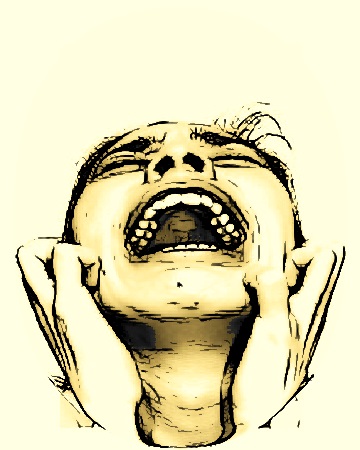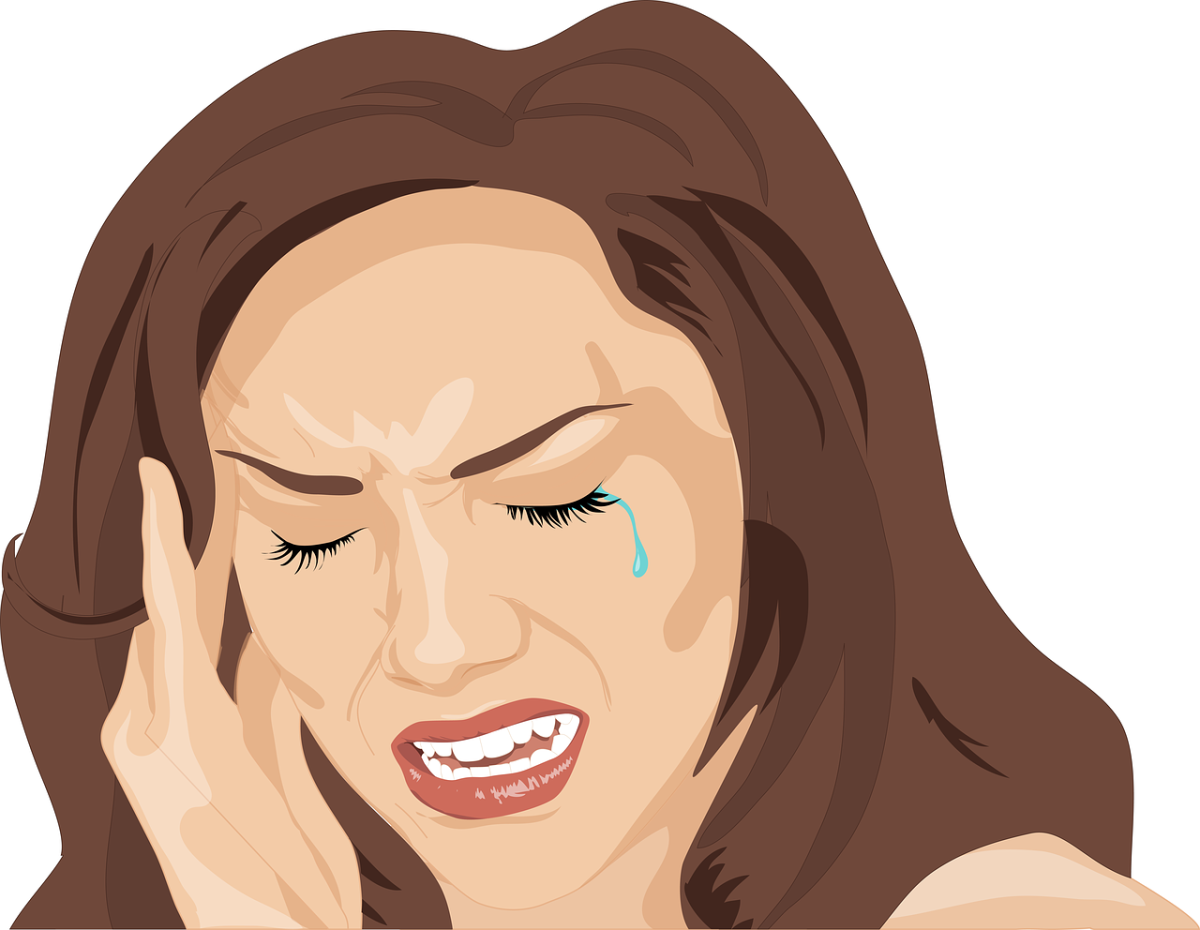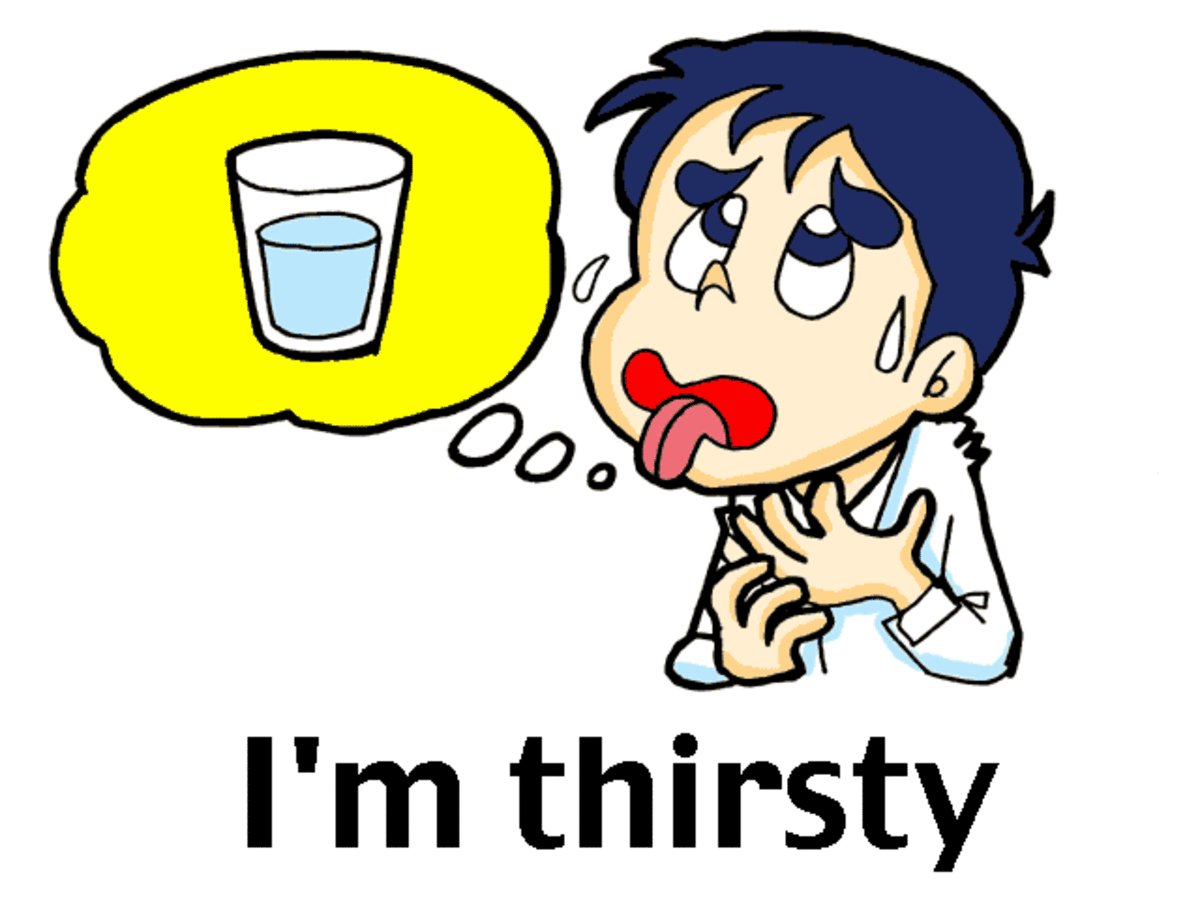Getting to grips with that headache
Pain

My other sites
What is a headache?
Headache is characterized as pain in the head or upper neck. It is one of the most common complaints of pain in the body .
There are numerous causes of headaches, but whilst they might be painful and can be frustrating, most headaches do not point to a more serious problem.
There are three major groups of headaches:
- Primary headaches,
- Secondary headaches
- Cranial neuralgias,
Primary headaches
Primary headaches are the most common form and embrace migraine, tension headaches, and cluster headaches
Secondary headaches
Secondary headaches are more serious but FAR less common. They are caused by a structural problem in the head or neck. There are numerous causes of this type of headache ranging from bleeding in the brain, a tumour, or meningitis and encephalitis.
Cranial neuralgia
Is a group of headaches that take place because the nerves in the head and upper neck have inflamed and become the source of pain.
Headaches include minor to acute pain in parts of the head in addition to the back of the neck. There are several forms of headache manifestation with numerous causes.
For the purpose of this article we will look at the most common headaches, Primary Headaches.
So just what causes headaches?
Symptoms of tension headache.
- Pain frequently occurs in the area of the head and neck as opposed to on one side.
- Pain may be located at the back of the head and neck and feel like a 'stretched band'.
- Pain may occasionally go with muscle tightness in back of neck.
- Tension headaches are relatively of a short period if treated in time.
Tension headache
Tension headaches are often associated with tightening or spasms of head and neck muscles. They are probably the most widespread type, accounting for 70 per cent of headaches.
Tension headache occurs in both men and women and at any age but seems to be most common in adults and adolescents.
Tension headache typically happens as a one-off event, however, for some people, the headaches can become chronic .
Possible causes of muscle tightening associated with tension headaches come from anxiety, or over-tiredness, the contractions can also be rooted in bad posture, or eyestrain; and quite often tobacco and alcohol use. In women, it can happen because of short moments of hormonal variation occurring both before and after a menstrual period.
Symptoms of migraine headaches.
- A migraine headache is often a pounding, pulsating sensation, typically worse on one side of the head.
- Pain may be dull or acute and often begins in the morning, progressively worsening after an hour or so.
- Nausea, vomiting, dizziness and visual disturbances may also accompany the pain.
- Migraine sufferers are often sensitive to loud noises and light.
- Commonly lasts from a few hours to one or two days in some cases.
Migraine headache
Migraine is responsible for approximately 20 per cent of all headaches. Migraine comes about when blood vessels of the head and neck constrict, resulting in a reduction of blood flow through the vessels.
Migraine is typically experienced as a thumping pain on one side of the head, and is quite often coupled with a sensation of sickness and sensitivity to light or sound.
Migraines seem to have an effect on more women than men and are often chronic. Some of the factors that have been identified as being associated with migraines are: family history of migraine, long-lasting muscle tension and stress, alcohol use, smoking or exposure to tobacco smoke, lack of sleep. For women, menstrual periods and the use of oral contraceptives also seems to effect susceptibility to migraine.
Specific foods seem to be associated with the onset of migraine, including, chocolate, nuts and pickled foods, along with foods containing the amino acid tyramine (mature cheese, red wine, smoked fish) and foods containing preservatives and artificial sweeteners. So look on food labelling to see if it's about to trigger an attack.
Symptom of cluster headaches
- Cluster headaches typically occurs once or twice daily, but some patients may experience pain more than twice daily.
- Each episode lasts from 30 minutes to an hour and a half.
- Attacks tend to occur at about the same time every day.
- The pain is often severe and sited in the region of or behind one eye.
- The nose on the affected side may become congested and runny.
Cluster headaches
Cluster headaches are headaches that come in a collection lasting weeks or months, perhaps broken up by periods of months without pain.
Patients with cluster headaches are often fidgety. Occasionally they bang their heads against a wall, and can be driven to desperate measures to relieve the pain. Cluster headaches seem more common in males than females.
When to consult a doctor about that headache?
Most people with isolated tension headaches usually treat themselves with pain relievers and anti-inflammatory, or self-treatment such as relaxation and sleep. However, for chronic headaches you should consult your GP.
When to call the doctor
If any of the below symptoms are present your GP should be contacted immediately:
- Sudden, severe headache accompanied by nausea and vomiting.
- Persistent and recurring headaches accompanied by memory problems, difficulty concentrating and tiredness.
- A high fever with neck stiffness (unable to bend the chin down to the chest)
- Convulsions (fits).
- Persistent vision disturbances (light flashes)
- Trouble controlling arms and legs
- Loss of feeling in the arms and legs
- Tiredness and apathy with difficulty communicating
How does the doctor make a diagnosis?
A detailed history of previous illnesses, family background, diet and lifestyle will help the doctor decide whether to perform further tests and to advise on treatment.
The doctor will probably ask for information about the headache, such as its length, duration, location, associated features, quality and causative factors.
For headaches with signs of a more serious complaint, the following actions might be taken, usually after evaluation by a specialist:
- head CT scan.
- head MRI (magnetic resonance imaging).
- sinus X-rays.
- temporal artery biopsy.
- lumbar puncture.
Take notes
A record of your headaches is useful in assisting your doctor decide what kind of therapy is most suitable for your diagnosis. Write the dates of headaches in a diary.
Note when the pain started and how long it lasted. Record any factors that might be significant such as what has been drunk and eaten, what medicines you’re taking, what sort of activities, and weather conditions.
It is a good idea to keep the record for a couple of months, so any relationships can be identified. By determining what sets off the headaches, it is possible to learn to avoid things that cause them.
If you are unable to find a link, it might be a good idea to show the record to a doctor, who may be able to help identify a pattern.
What kind of treatment is available?
While each will need their own form of treatment, normally pain relievers such as paracetamol, aspirin or ibuprofen are helpful in easing the symptoms of tension headaches.
In migraine, the most effective treatment is recognizing and forestalling trigger factors. There are a number of medications available for reducing acute attacks, such as paracetamol or ibuprofen. Sometimes a proprietory treatment containing a combination of medical drugs such as paracetamol plus codeine plus caffeine is more effective. These are most effective if taken as early as possible into the attack, preferably in a soluble form. Doctors sometimes prescribe a preventive medication if migraine attacks are frequent.
For people diagnosed with a stomach ulcer, ibuprofen and medicines containing aspirin should be avoided.
What can you do to avoid headaches?
- Avoid excessive use of alcohol and tobacco.
- Correct posture.
- Relaxation techniques.
- Fresh air and exercise.
For migraine headaches, symptoms may be reduced by:
- Resting in a quiet room with the lights turned off.
- Avoiding food or drink in your diet that have been identified as having possible factors associated with migraine headaches.






